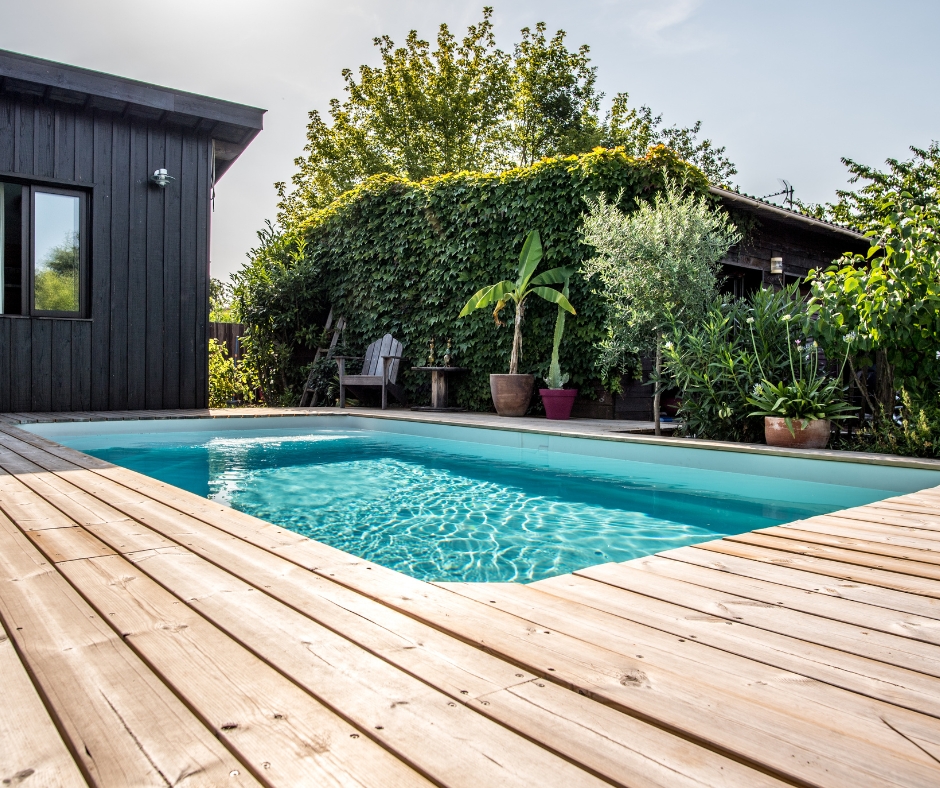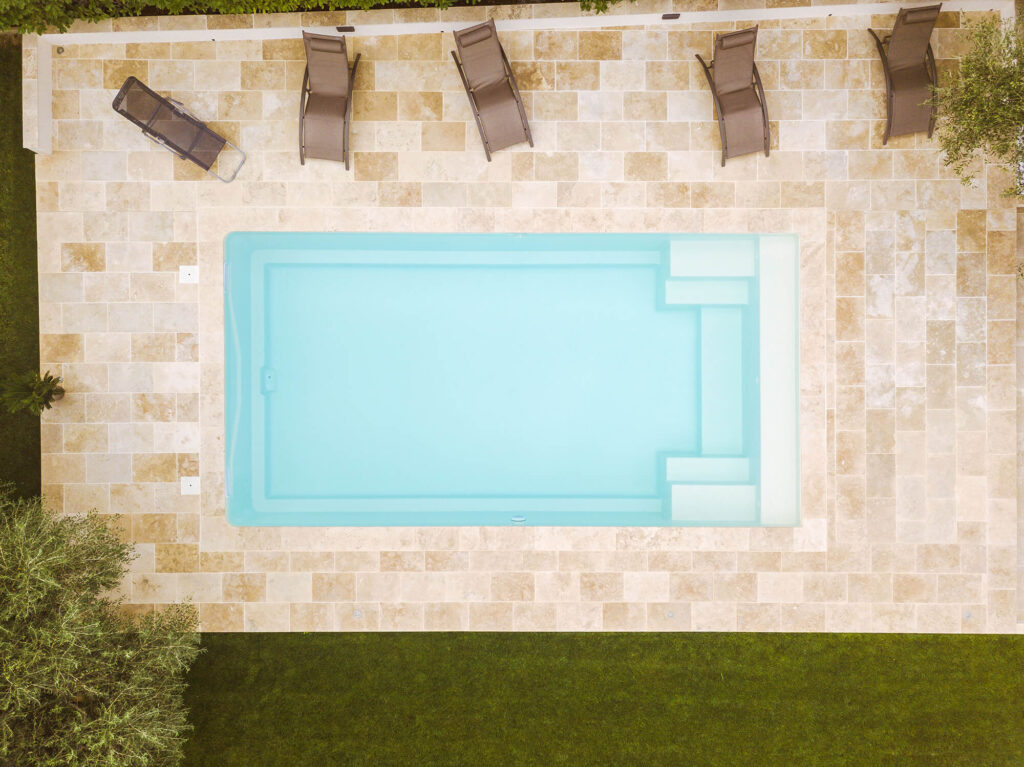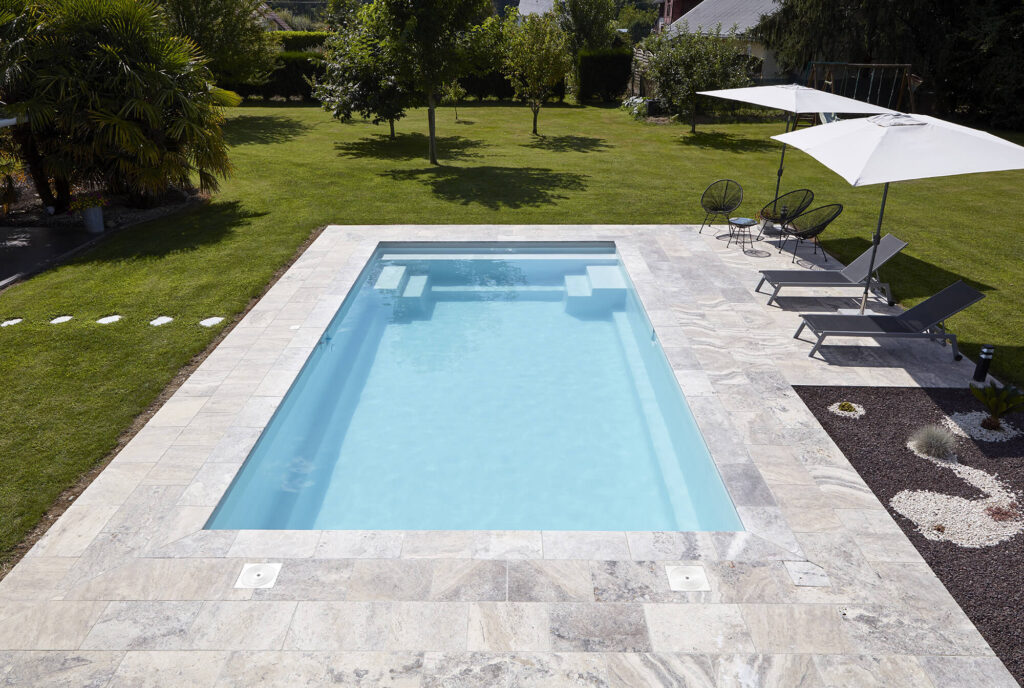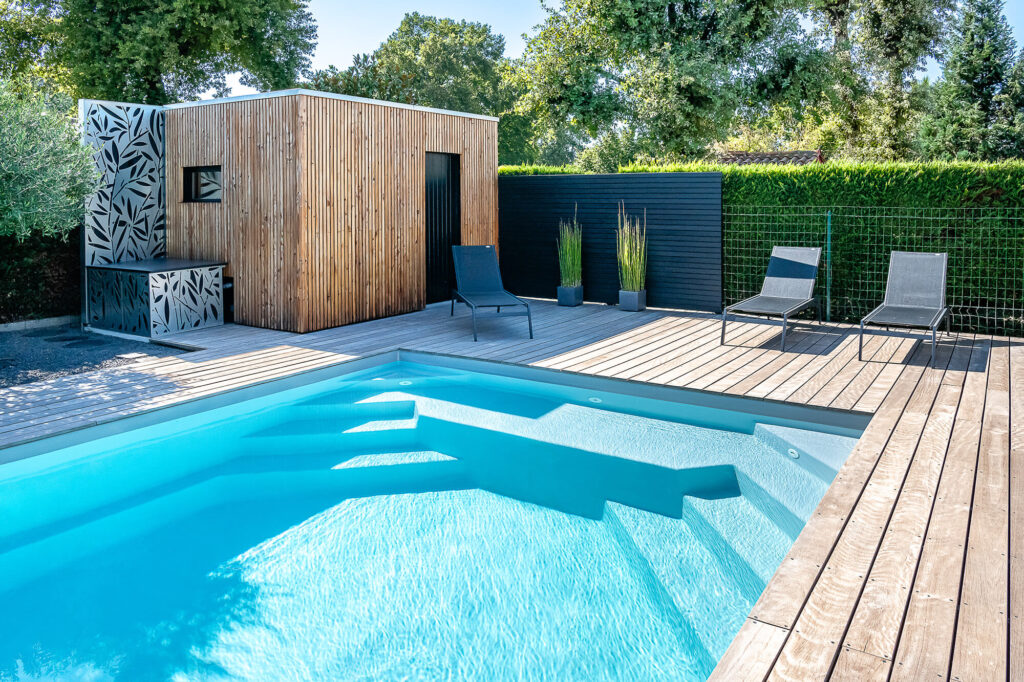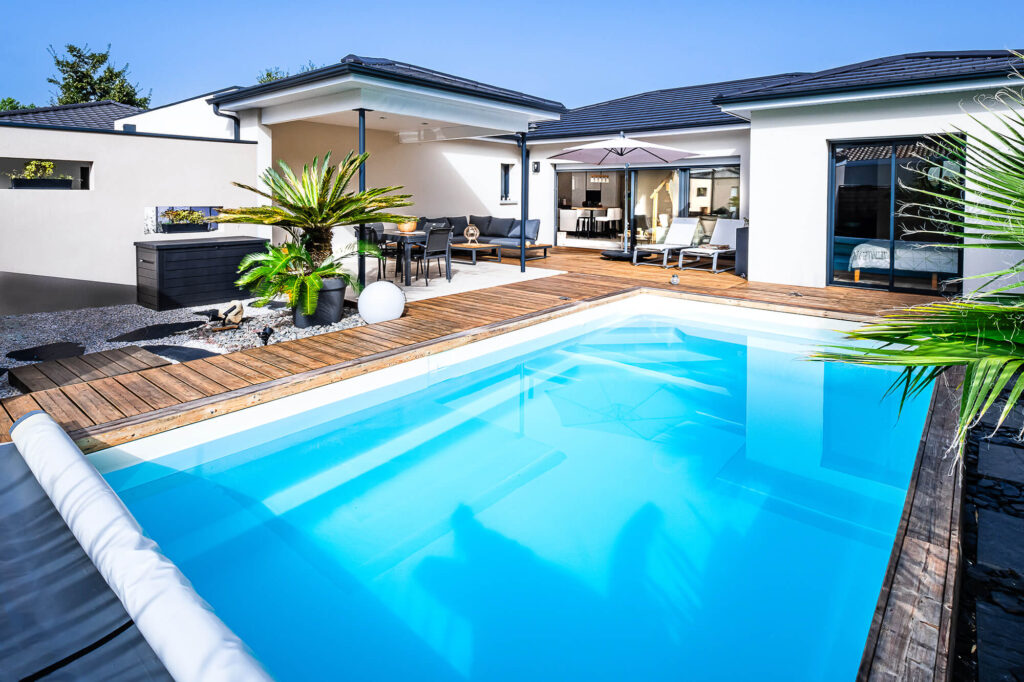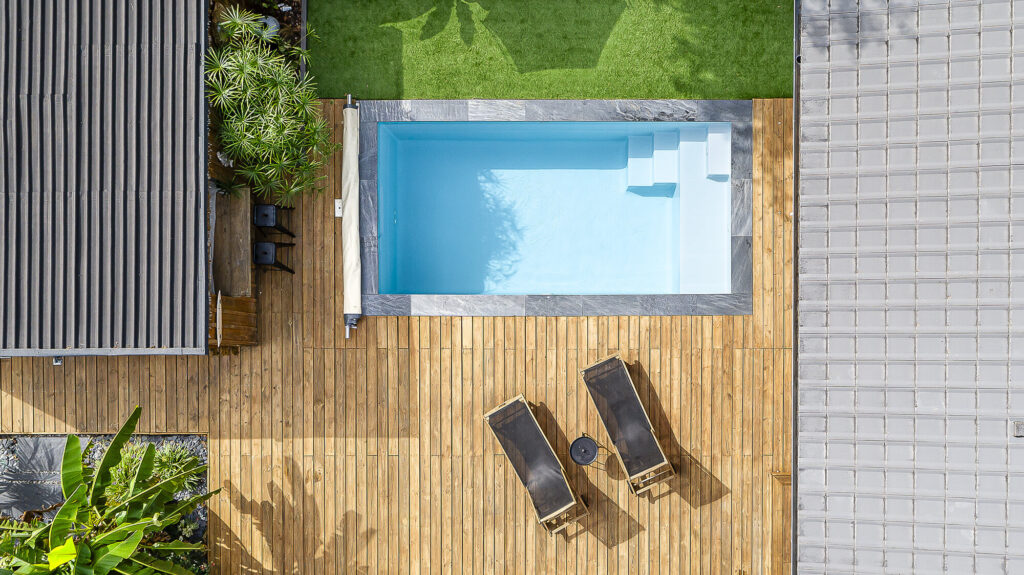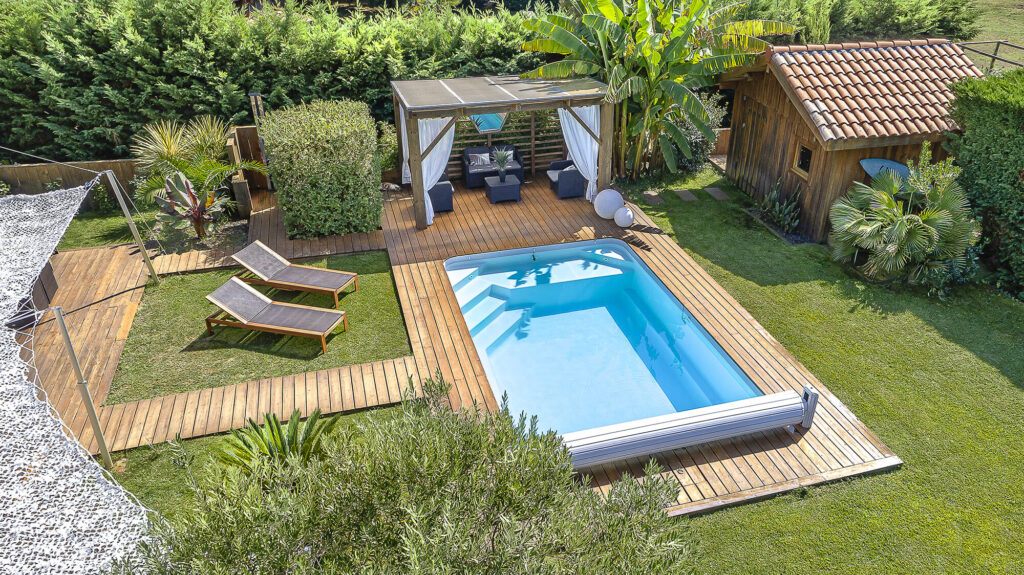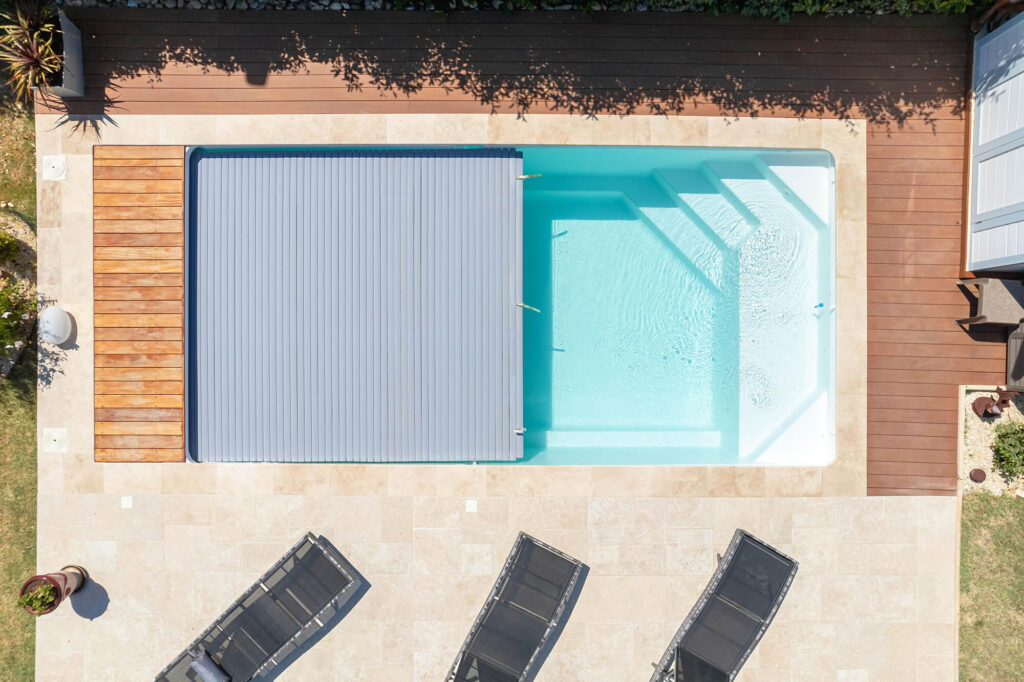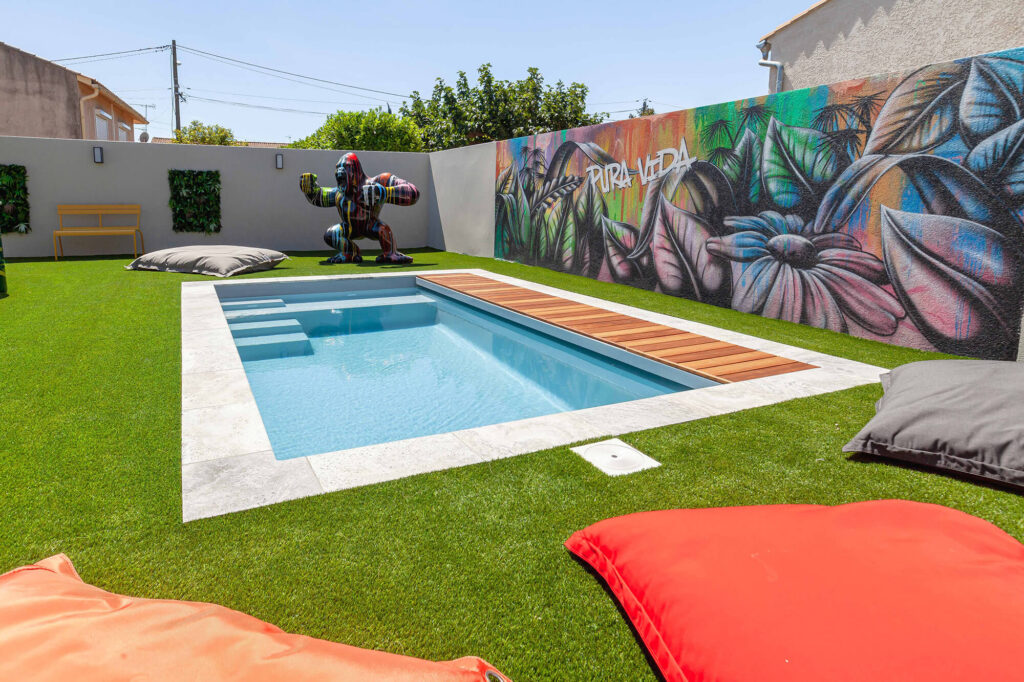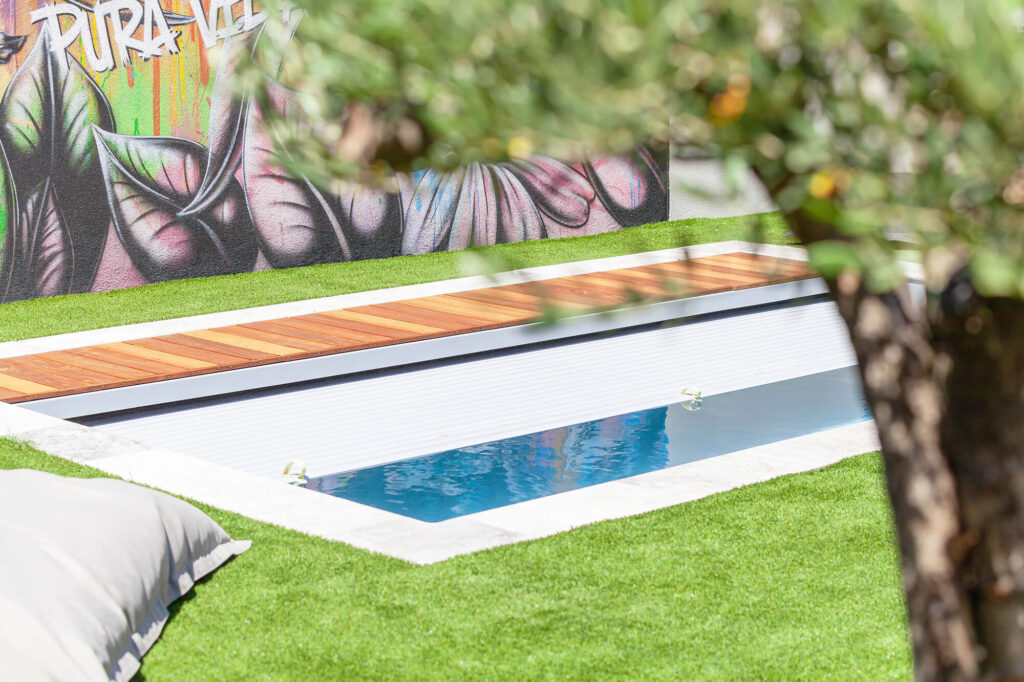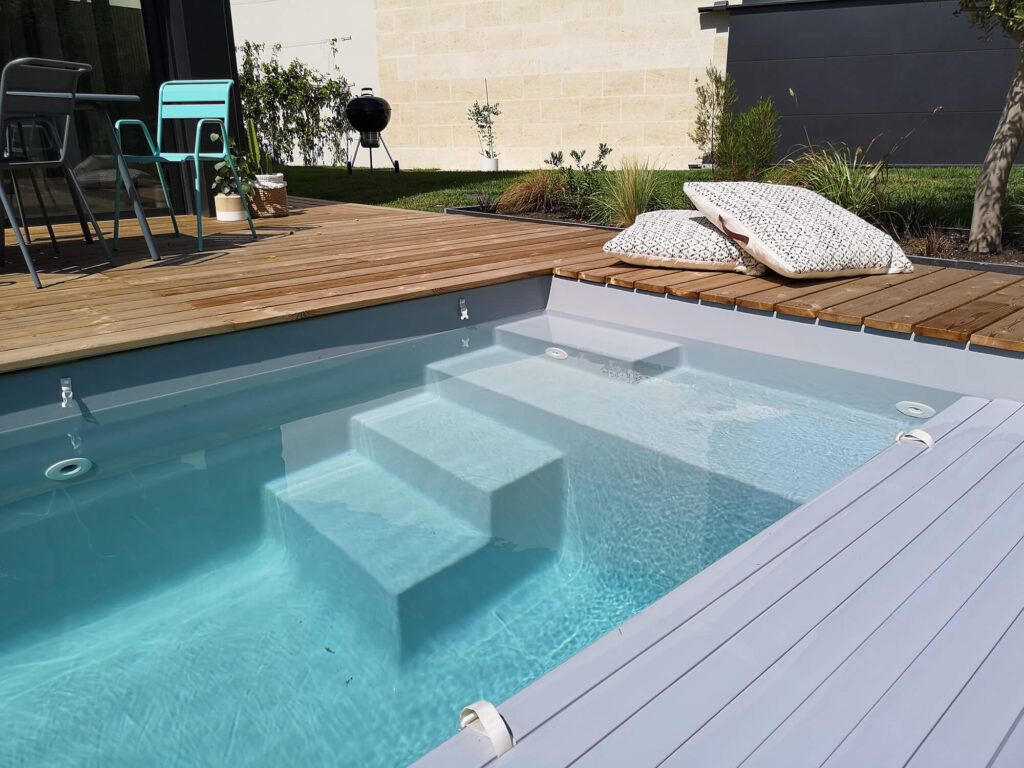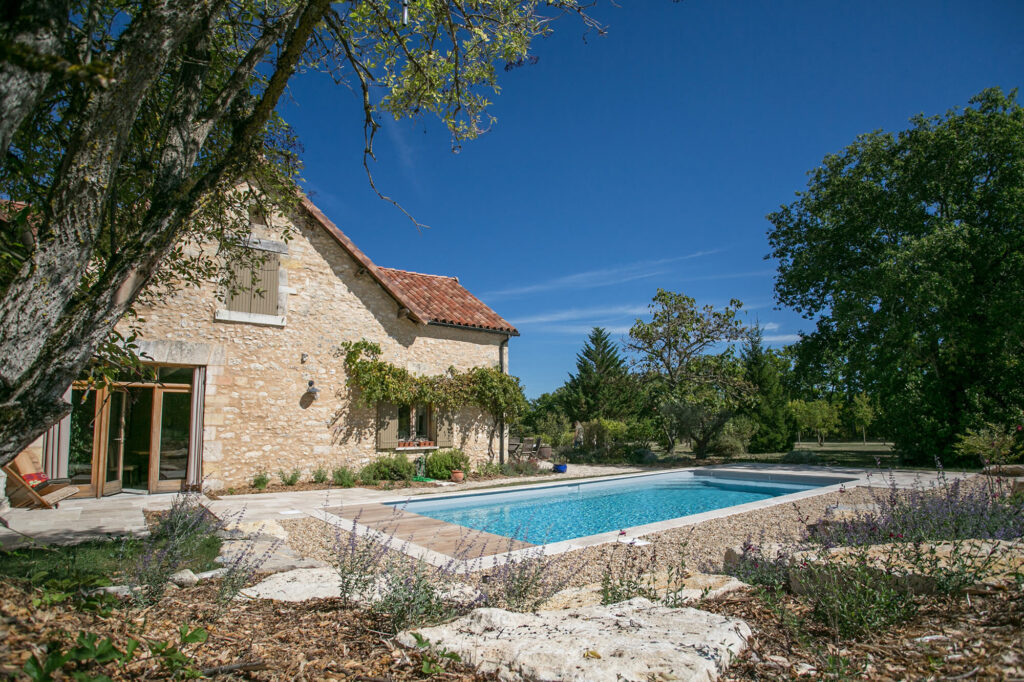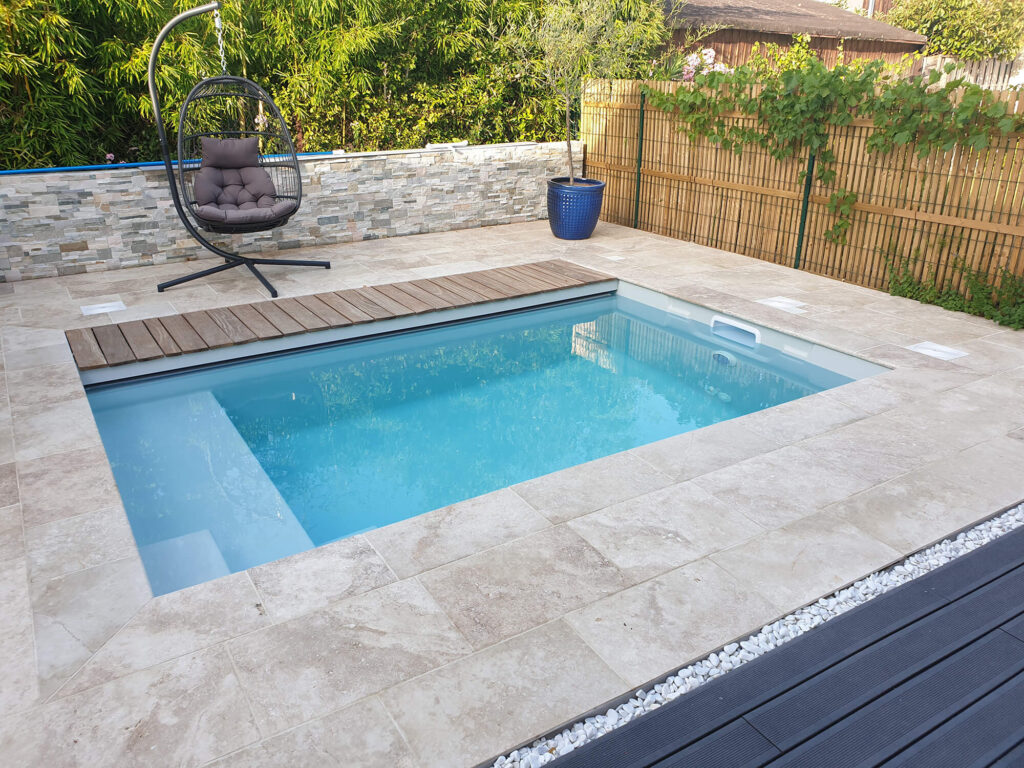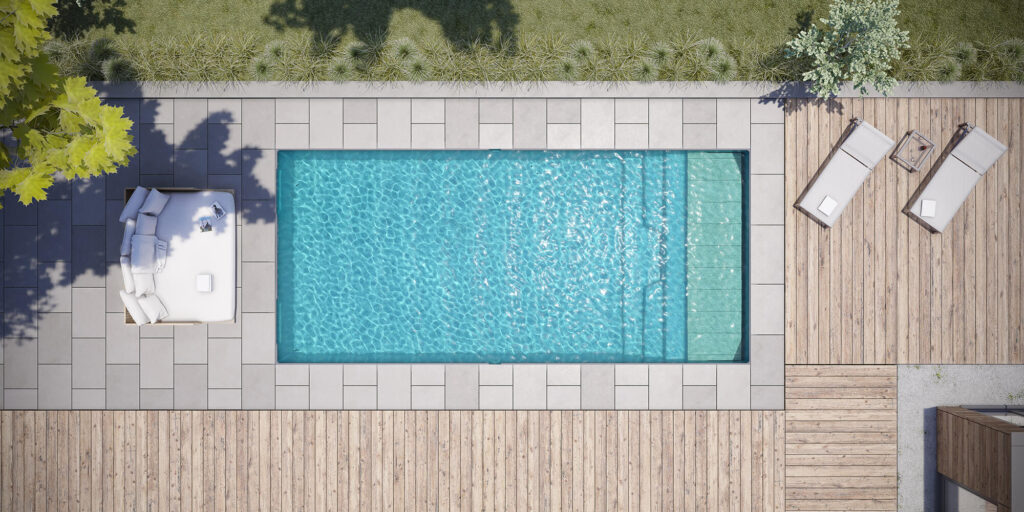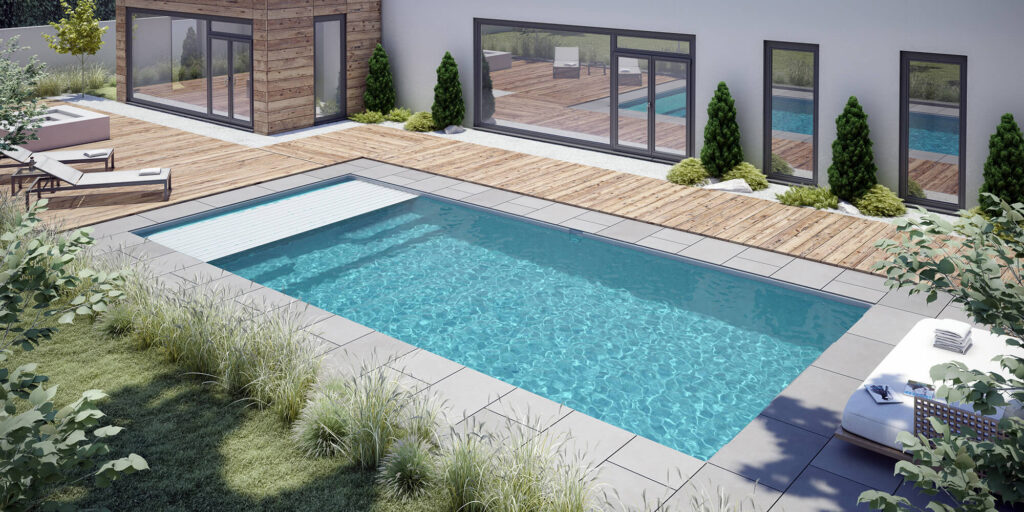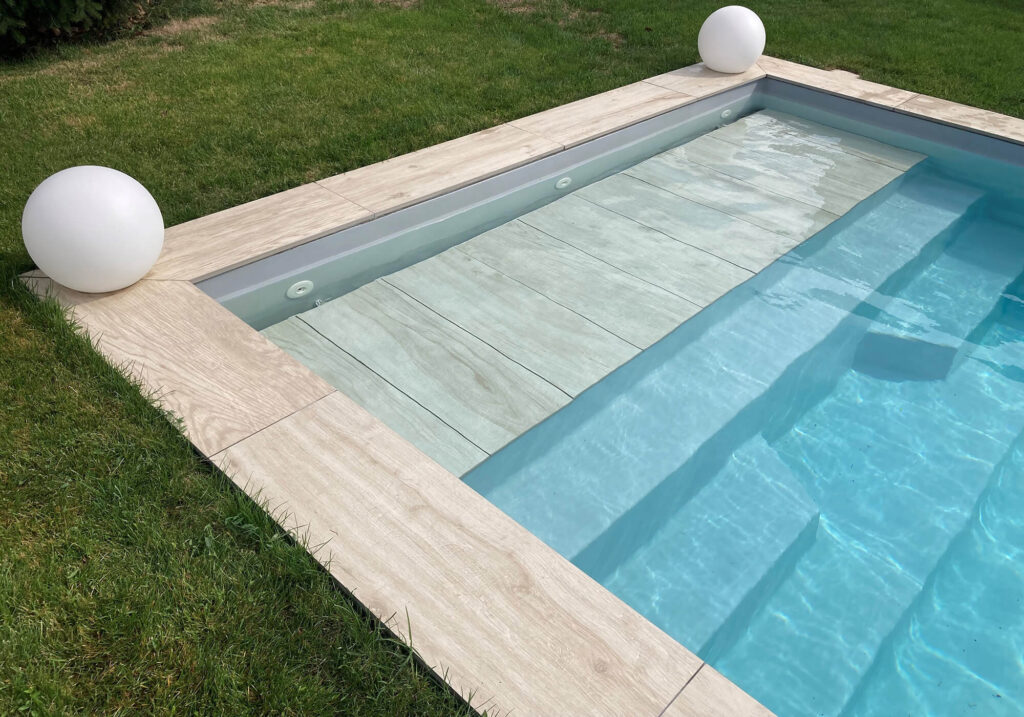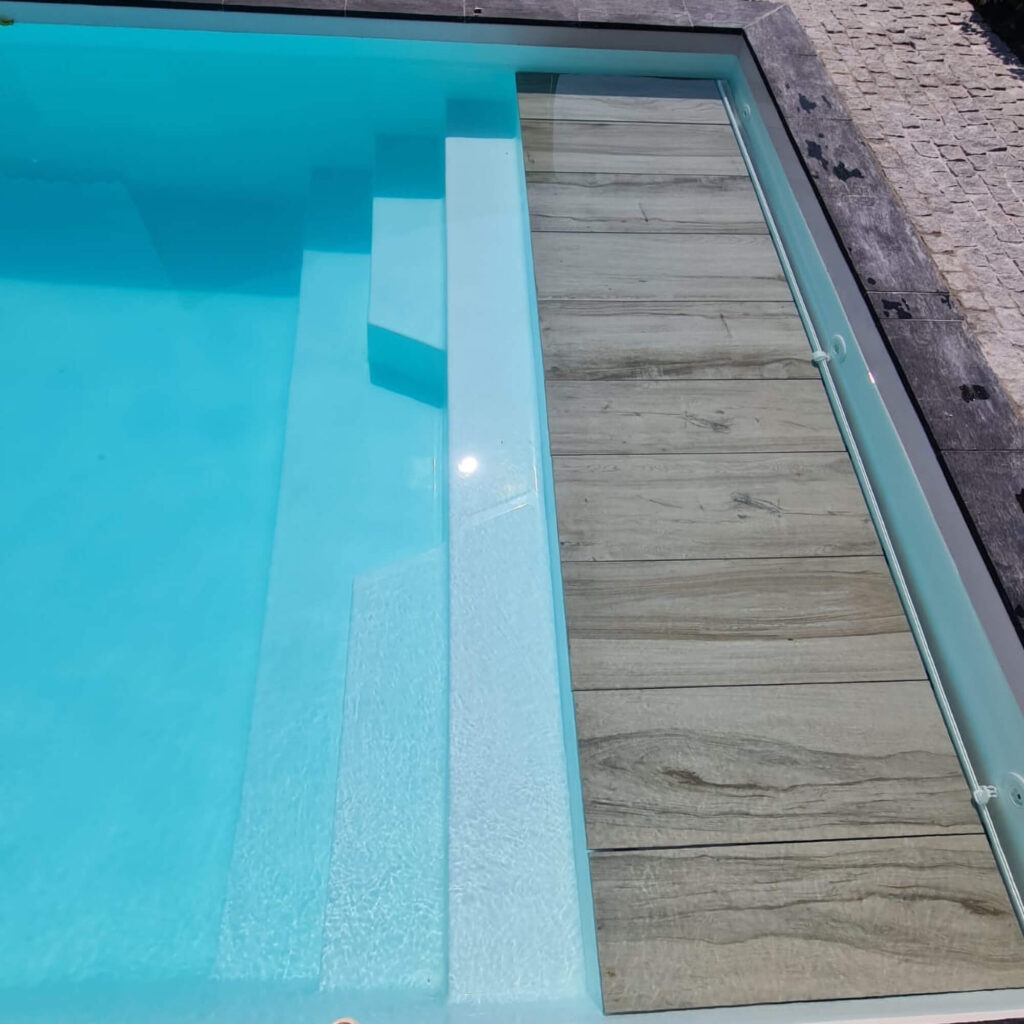Maintaining a swimming pool is an important responsibility for any owner. And for good reason, a well-maintained pool not only guarantees crystal clear water, but also a pleasant swimming environment for everyone.
To disinfect pool water , chlorine is commonly used; it prevents the proliferation of algae, bacteria and other microorganisms and prevents the water from turning green . However, excess chlorine can cause several problems in your pool.
What are they? What to do when the amount of chlorine is too high? Discover all our advice on the subject without further delay.
Why is your pool's chlorine level too high?
There are several factors that can cause excess chlorine in your pool. If you recently had a shock treatment , it is possible that the chlorine levels have reached levels above 10 ppm. This type of treatment is often used to clarify cloudy water or eliminate algae . In this case, you will need to give the treatment time to take effect: the oxidation of microorganisms and exposure to UV gradually disintegrate the chlorine, thus reducing its level in the water.
Another possible factor is an incorrect setting of your chlorinator or electrolyzer . If these devices are programmed to produce too much chlorine, or if an excessive amount of chlorine has been added manually, the rate will inevitably increase.
Environmental conditions also affect chlorine levels . For example, lower temperatures, less sunlight, and fewer swimmers reduce the demand for chlorine. Under these conditions, it is necessary to adjust chlorine treatment accordingly, as pool water does not need as much chlorine to stay clean. Therefore, it is essential to regularly check chlorine levels and adjust treatments according to current conditions to ensure optimal water quality.
Potential damage from too high chlorine levels
Using a shock chlorine dosage per m³ may be necessary to increase the chlorine level of your pool. However, excessive chlorine concentration can cause various problems if not quickly corrected.
For swimming pools and their equipment
High chlorine levels lower the pH of the water, making it more acidic. This acidity is corrosive to pool surfaces, such as the liner or polyester shell , which can reduce their lifespan .
Metal and concrete equipment can also be damaged, leading to premature wear and costly repairs.
For bathers
Excess chlorine can irritate the eyes, skin and respiratory tract. Additionally, an imbalance in pH , alkalinity or water hardness can also cause irritation.
Maintaining an optimal balance of these parameters helps ensure the safety and comfort of swimmers.
For textiles
Like bleach, excess chlorine can discolor and deteriorate swimsuits, towels and other textiles exposed to pool water , causing them to fade and age prematurely.
In summary, too high a chlorine level can cause significant damage to the infrastructure of the treated pool, harm the health of bathers and affect the durability of textiles. It is therefore essential to measure the chlorine level regularly and adjust treatments to avoid these harmful effects.
How to lower chlorine in a swimming pool?
I put too much shock chlorine in my pool , and it caused several problems? To fix this, here are the steps to follow to lower the chlorine level :
1. Stop adding chlorine:
If your chlorine level is too high after a shock treatment , the first step is to immediately stop all chlorine additions. Turn off the chlorinator and remove the chlorine tablets from the skimmers to prevent any further increase.
2. Let the sun's UV rays act naturally:
Exposing pool water to the sun's UV rays is an effective method for reducing chlorine levels . UV rays quickly destroy chlorine molecules. In fact, a sunny day can reduce chlorine by up to 90% in just two hours. Leave the pool uncovered and ensure good water circulation with continuous filtration to maximize this effect.
3. Renew the pool water:
Another method is to partially drain the pool and refill it with fresh water. This dilutes the chlorine concentration , as well as the pH and alkalinity levels. After replacing some of the water, it is recommended to perform tests to adjust the necessary chemical levels.
4. Apply a chlorine neutralizing product:
To achieve an ideal chlorine level , you can use chemical neutralizers such as sodium thiosulfate. This product neutralizes chlorine and is easily diluted in water. It is important to follow the instructions to avoid excessive dechlorination, with recommended doses generally ranging from 1 to 2.5 g per m³ of water.
5. Use a stabilizer:
A good level of stabilizer , such as cyanuric acid , protects the chlorine from the sun's UV rays. This helps maintain the effectiveness of the chlorine used to disinfect pool water.
6. Prevent future excess chlorine:
To prevent your chlorine levels from rising quickly , use monitoring tools like electronic testers to regularly check your chlorine , pH, alkalinity, and hardness levels. Automatic dosers, like a salt chlorinator, can distribute chlorine in a regular and controlled manner. Switching to a salt pool can also provide more stable management of chlorine levels.
By following these steps, you can lower the chlorine level in your pool, ensuring a safe and enjoyable swimming experience.
Configure your pool online Back to all news